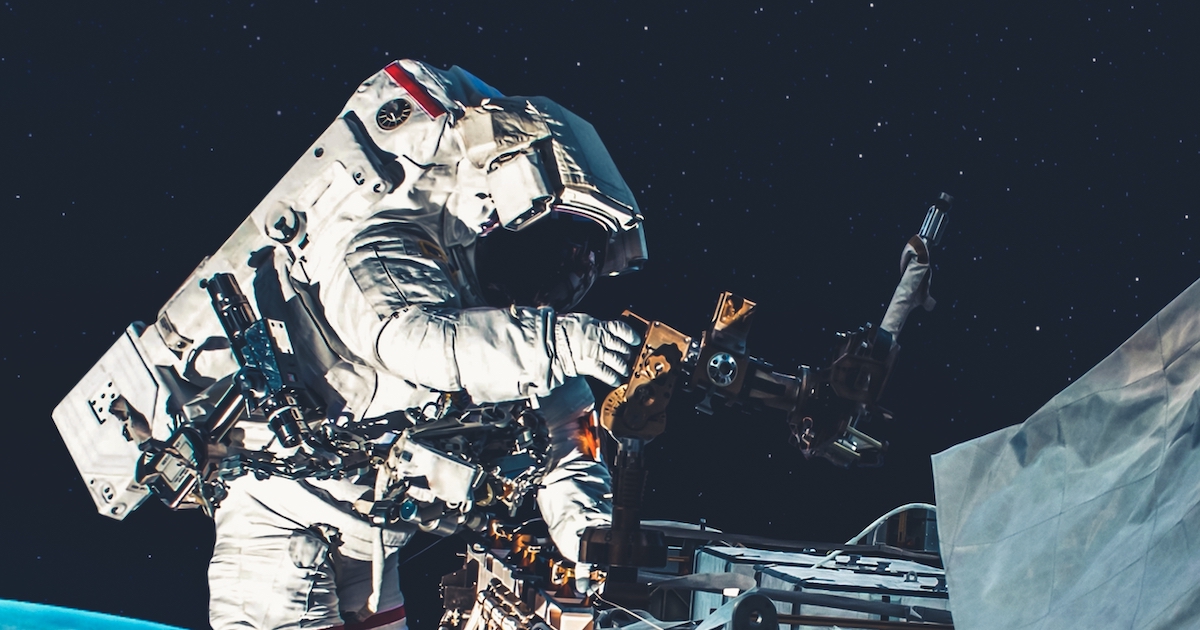
Listen, I think any time you put the words ‘weird’ and ‘space’ in the same sentence people are going to absolutely need to know more.
Luckily, NASA and other agencies like them are really excellent at explaining weird stuff in a way that’s not only interesting but easy to understand.
So, what happens to metal in space?
Let’s find out!
In some ways, metals fare better in space than on Earth. Out there, there are no worries about rust or other degradations – but in the vacuum of space, there are other concerns.
Concerns that are vital to healthy and successful space missions, as it turns out.
The first is welding two metals together.
The process requires hot temperatures, melting one or both metal and fusing them together before letting them cool,
These days we can use chemicals, pressure, and other approaches that don’t require old-fashioned sources of heat, but in space, cold welding is preferable.
With this method, there is no need to fuse metals together to join them. The metals do need to be of the same type, clean, flat, and in a vacuum, though.
As they approach, the Van der Waals forces between the atoms become stronger, and once the surfaces are in contact, the system welds together.
You can’t just make metals touch to cold weld them; you need specific pressures to make the magic happen.
A manual from the European Space Agency urges caution, though, because sometimes it does just happen in real life.
In the 90s, the Galileo spacecraft on a Jupiter mission had a failure to deploy its high-gain antenna. Scientists determined this was due to cold welding; the fretting between the ribs of the antenna welded after being locked together during launch.
The mission had a backup antenna, because that’s how space agencies roll, but it could have been a disaster.
In the future, this is something that all space exploration agencies had to account for in order to make sure missions don’t go awry.